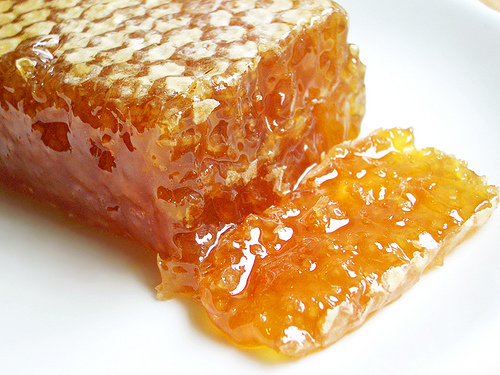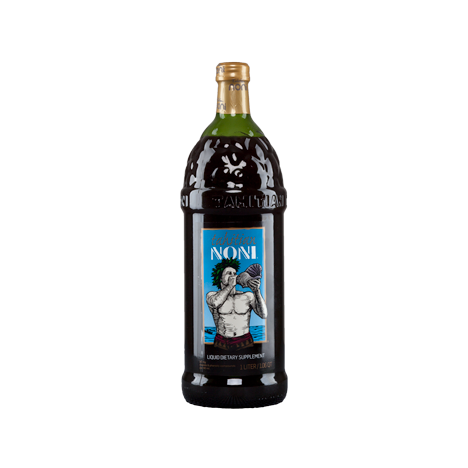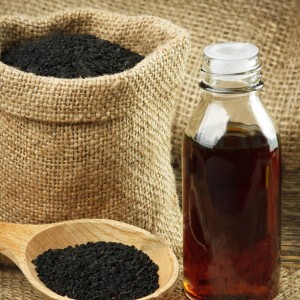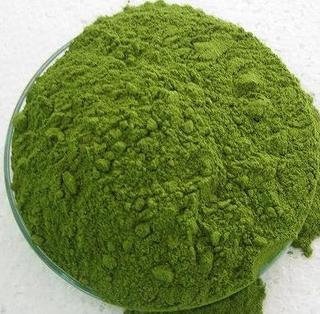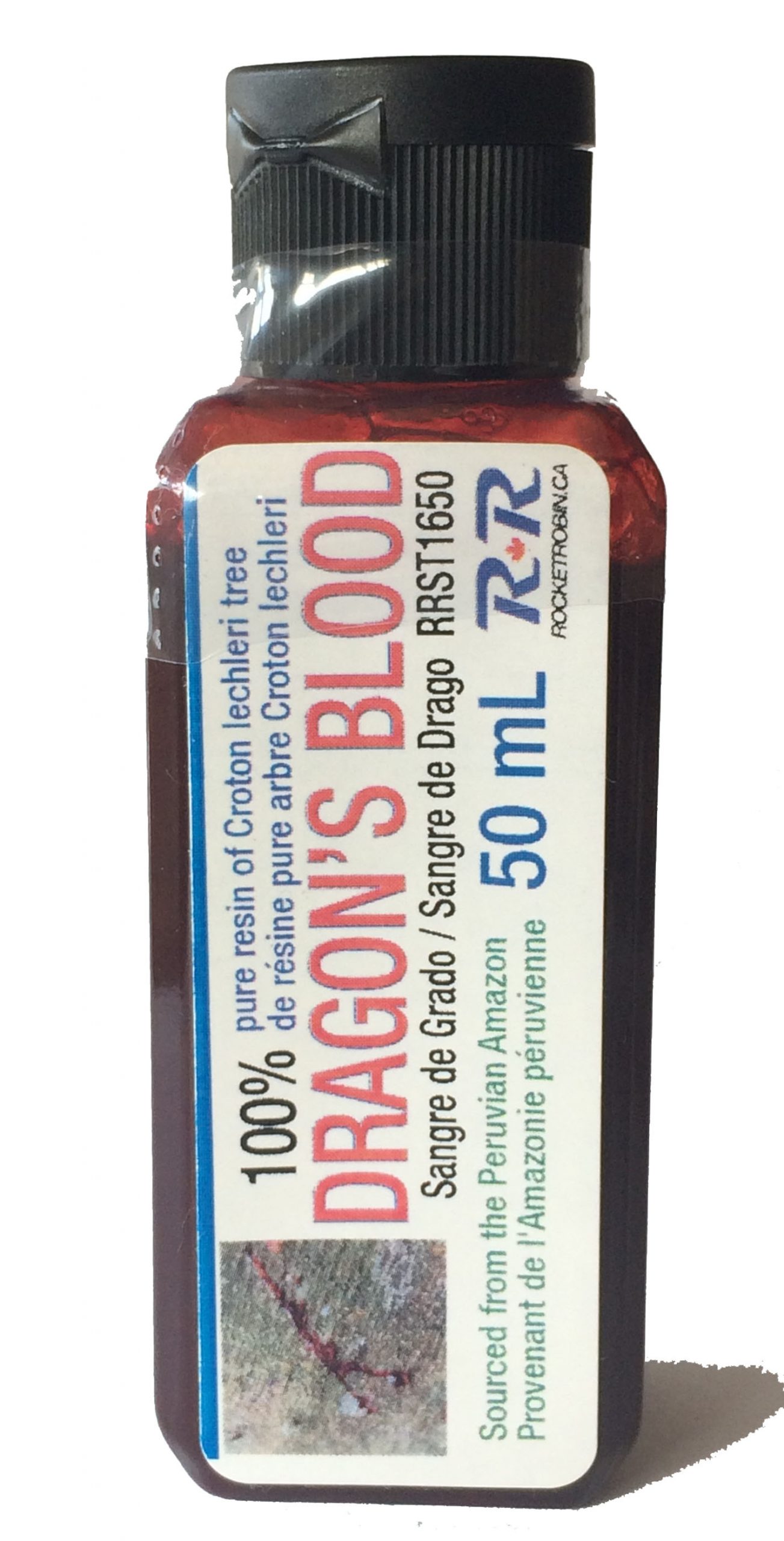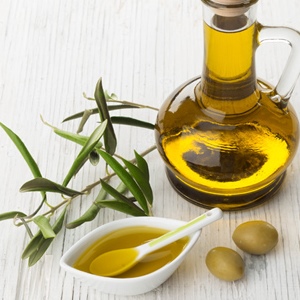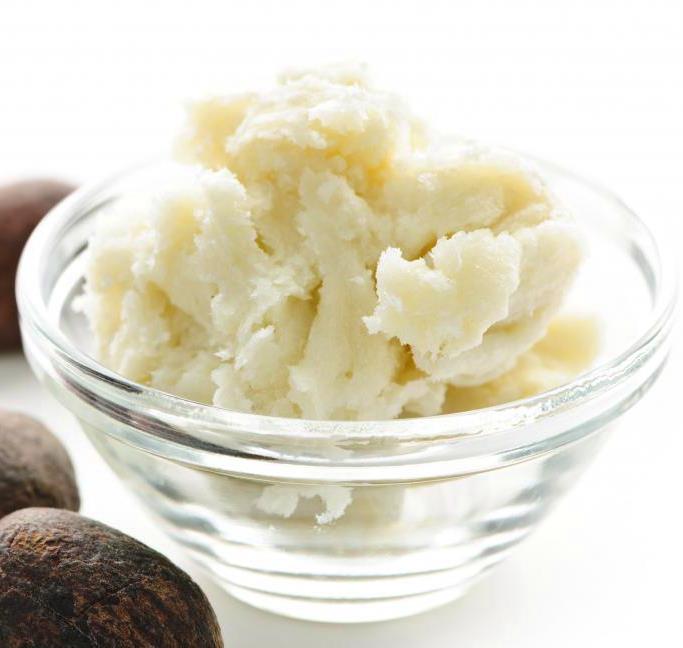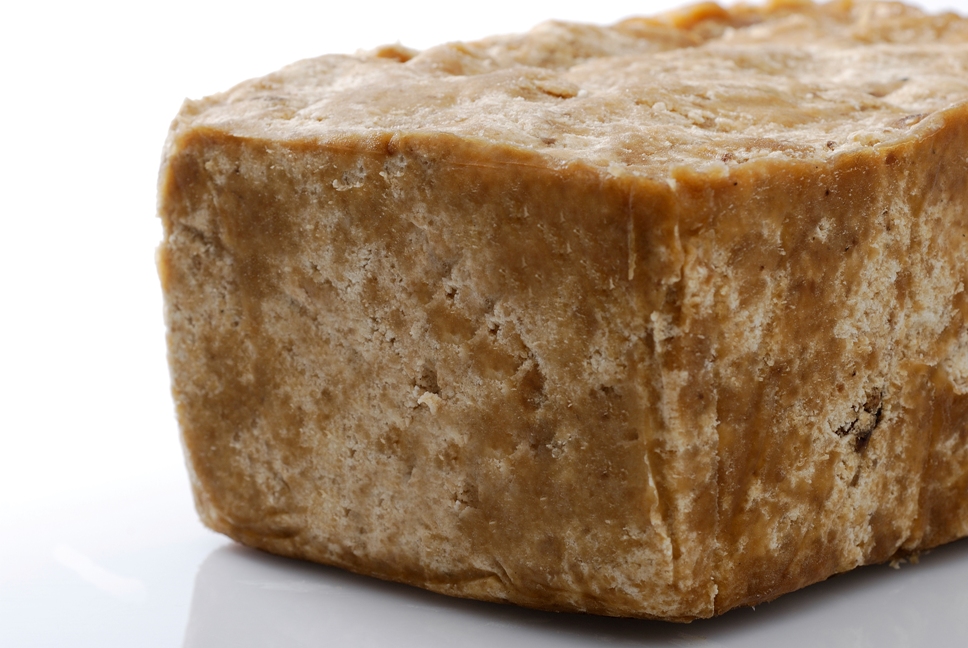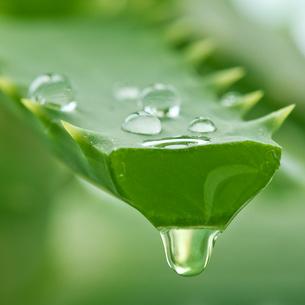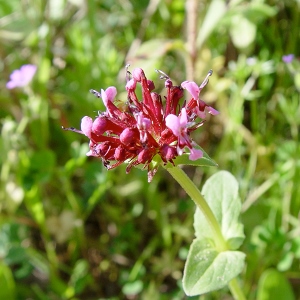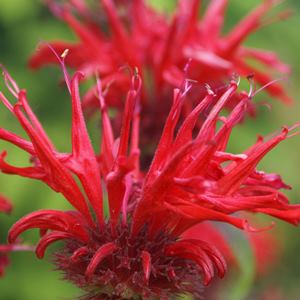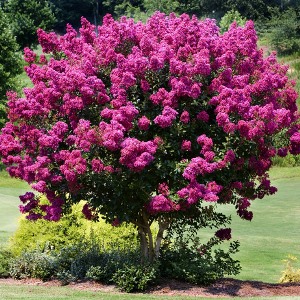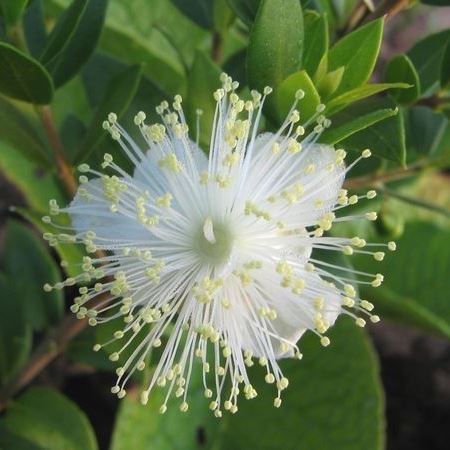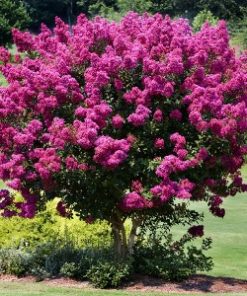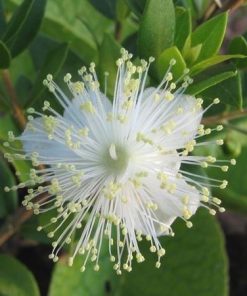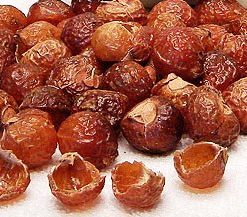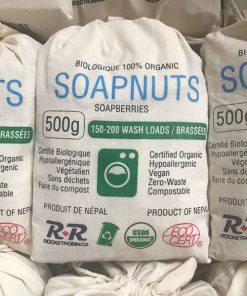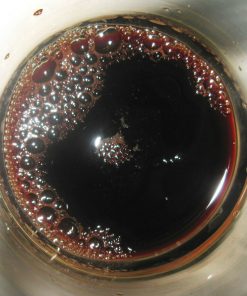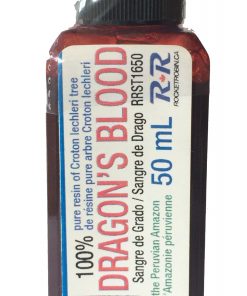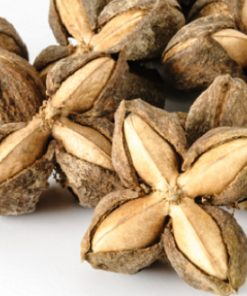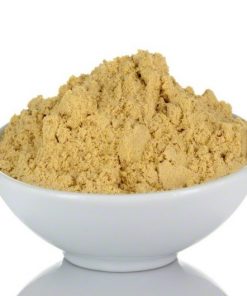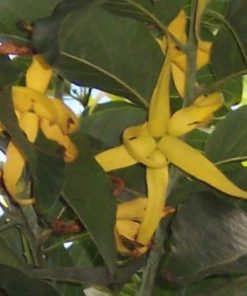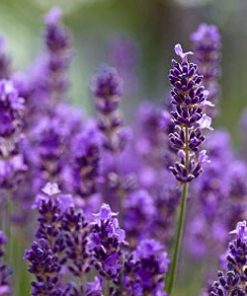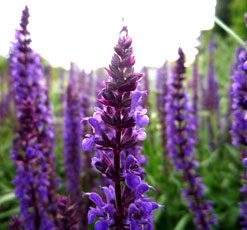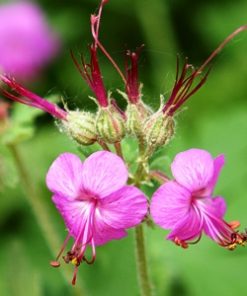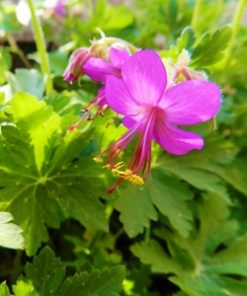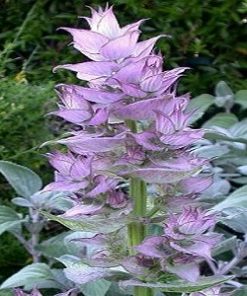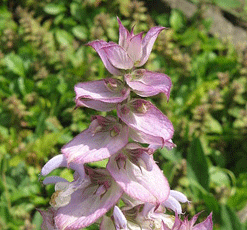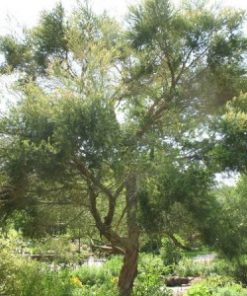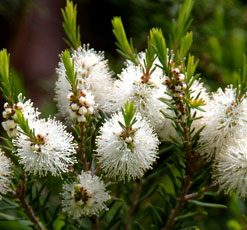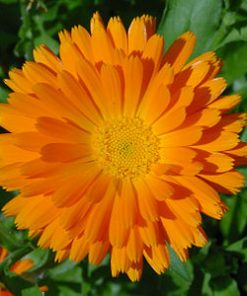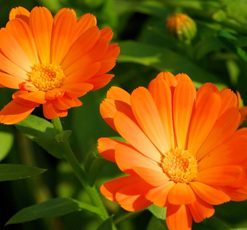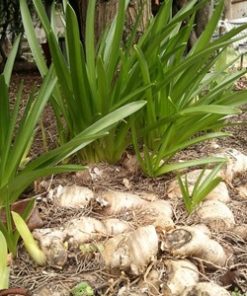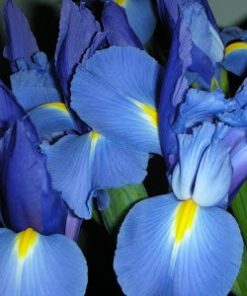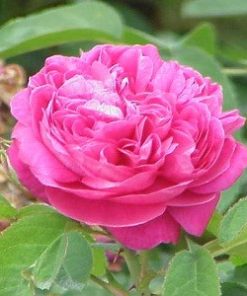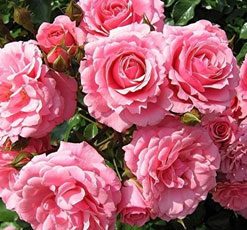Description
Essential Oil Myrtle (15 mL)
Essential Oil Myrtle
Myrtle essential oil is obtained through the steam distillation of the myrtle plant’s flowers, leaves, and stem, which is called Myrtus Communis in the botanical world. This aromatic evergreen shrub originates from Africa, and grows all around the Mediterranean, but generally only flourishes in the south, or under glass (it can also be grown as a pot plant). It has small, shiny, dark green leaves which contain vesicles full of essential oil. The flowers are fragrant and white, five-petalled with a spectacular spray of thin stamens. The Ancient Egyptians knew of the therapeutic properties of myrtle, macerating the leaves in wine to counter fever and infection. Theophrastus later confirmed its place in therapy, adding that the best and most odiferous tree came from Egypt.
Myrtle is an evergreen shrub that originated from Africa but has become a native plant in the Mediterranean region. Its small, dark green leaves, purple-black coloured berries, and fragrant white flowers are all sources of myrtle oil. However, it’s the leaves that produce the oil used in traditional medicine.The oil derived from berries is often used as a flavouring agent for beverages and alcoholic drinks.
Myrtle belongs to the same plant family as tea tree and eucalyptus, giving the three similar characteristics. In fact, myrtle’s scent is a reminiscent of eucalyptus oil. Myrtle is sometimes compared to frankincense oil because they possess a similar composition and scent.
AROMA: Fresh, sweet, camphoraceous
HISTORY OF USE
This aromatic evergreen shrub originates from Africa, and grows all around the Mediterranean. It was introduced to Britain in 1597, but generally only flourishes in the south, or under glass (it can also be grown as a pot plant). It has small, shiny, dark green leaves which contain vesicles full of essential oil. The flowers are fragrant and white, five-petalled with a spectacular spray of thin stamens. These are followed by purple-black berries. In its natural habitat, myrtle can grow to virtual tree height, up to about 4 m (14 ft).
The Ancient Egyptians knew of the therapeutic properties of myrtle, macerating the leaves in wine to counter fever and infection. Theophrastus later confirmed its place in therapy, adding that the best and most odiferous tree came from Egypt. Dioscorides also prescribed a wine in which the leaves had been macerated: this fortified the stomach and was effective for pulmonary and bladder infections, and for those who were spitting blood.
In 1876, Dr Delioux de Savignac advocated the use of myrtle for bronchial infections, for problems of the genitourinary system, and for hemorrhoids. Despite this enthusiasm, it was only last century that the therapeutic properties of myrtle were properly investigated; in his thesis about myrtle, one M. Linarix reconfirmed all the properties listed in the old texts, and judged myrtle the best tolerated of all the balsamic plants.
In Biblical times, Jewish women wore garlands of myrtle on their heads on their wedding day as a symbol of conjugal love, and to bring them luck. It is still often carried with orange blossom as a traditional bridal flower. Women in the south of France used to drink an infusion of the leaves every day to keep their youth and beauty.
Meat and the small birds which are a delicacy in Mediterranean countries can be wrapped in or stuffed with myrtle leaves: these impart their flavor after the meat or bird is cooked. Myrtle branches and twigs can be burned on a fire or barbecue beneath meat. The berries are edible, and were once dried like pepper. They can be used much like juniper, although they are milder.
HEALTH BENEFITS
Myrtle oil normalizes the functioning of the thyroid and ovaries. Myrtle oil is an adaptogen that can stimulate an increase or a decrease in thyroid activity depending on a person’s condition.
An adaptogen will increase the functioning of a gland when its functioning is low, or will lower an overactive gland. The same oil will bring the functioning of the gland to a more normal state whether it is underfunctioning or overfunctioning. This is quite different than pharmaceutical drugs, which are more similar to a bulldozer or sledge hammer that forces the body to move in one direction or the other. Most pharmaceutical drugs do not possess the ability to help our bodies naturally achieve better balance.
Expectorant – Clears congestion of the respiratory tract, including the nose, sinuses and lungs. Encourages productive coughs.
Sedative – Sedates and calms. Provides relief from depression, anger, stress and tension. It also soothes allergies, inflammations and irritations.
Nervine – Balances the nervous system. Beneficial for disorders such as Parkinson’s disease, Alzheimer’s, shaking limbs, vertigo, anxiety and fear.
Aphrodisiac – Relieves issues of frigidity, impotency, erectile dysfunction and loss of libido.
Disinfectant – Discourages infections through its bactericidal, fungicidal, germicidal and antiviral properties. Heals infections of the intestines and stomach, eliminates diarrhea.
If used in mouthwash, myrtle essential oil makes the gums contract and strengthen their hold on the teeth. If ingested, it also makes the intestinal tracts and muscles contract. Furthermore, it contracts and tightens the skin and helps to diminish wrinkles. It can also help stop hemorrhaging by inducing the blood vessels to contract. Myrtle essential oil is also very effective in bad cases of acne, especially when there are painful boils with white heads. Mix 10 ml (2 tsp) grape seed oil, 1 drop wheat germ and 7 drops myrtle essential oil, and apply a few times per day until better. Cleanse the skin before and after applying the myrtle essential oil with a lotion made from 50 ml (2 fl oz) rosewater and 5 drops myrtle. This has a particularly astringent action on the greasy skin which is so often associated with bad acne. Another use is for hemorrhoids. Because of its astringent action, due to the high tannin content, myrtle is very effective against hemorrhoids. Add 6 drops myrtle to 30 g (1oz) cold cream, and mix well. Apply a few times per day, when the pain and swelling are at their worst.
Myrtle essential oil eliminates foul odors. It can be used in incense sticks and burners, fumigants and vaporizers as room fresheners. It can also be used as a body deodorant or perfume. It has no side effects like itching, irritation or patches on the skin like certain commercial deodorants.
Myrtle essential oil inhibits infections, since it is a bactericidal, germicidal, fungicidal and antiviral substance. It also helps to cure infections in the stomach and intestines, while helping to stop diarrhea. Warts are a contagious skin disease. Medical treatments of warts are often not successful and may involve multiple relapses during which the affected area may increase in size. Facial warts are particularly difficult to treat. Iranian traditional medicine uses essential oil of myrtle as an economical and low cost topical treatment for warts.
Myrtle Oil Kills Salmonella on Fresh Fruits and Vegetables
Myrtle Lowers Blood Sugar
Myrtle can Treat Malaria
Myrtle is a Mosquito Repellant
Myrtle Kills Fungus and Mold
Myrtle Heals Mouth Ulcers
Caution: NEVER USE INTERNALLY without consulting professional medical help
- Not recommended for pregnant women and infants.
Individuals with serious and chronic health issues should consult an expert prior to using oils.
TRUST ROCKET ROBIN
Rocket Robin is proud to be your supplier of truly natural products with simple ingredients in support of your family’s health and well-being.
Additional information
| Weight | 0.1 kg |
|---|---|
| Dimensions | 10 × 10 × 1 cm |

